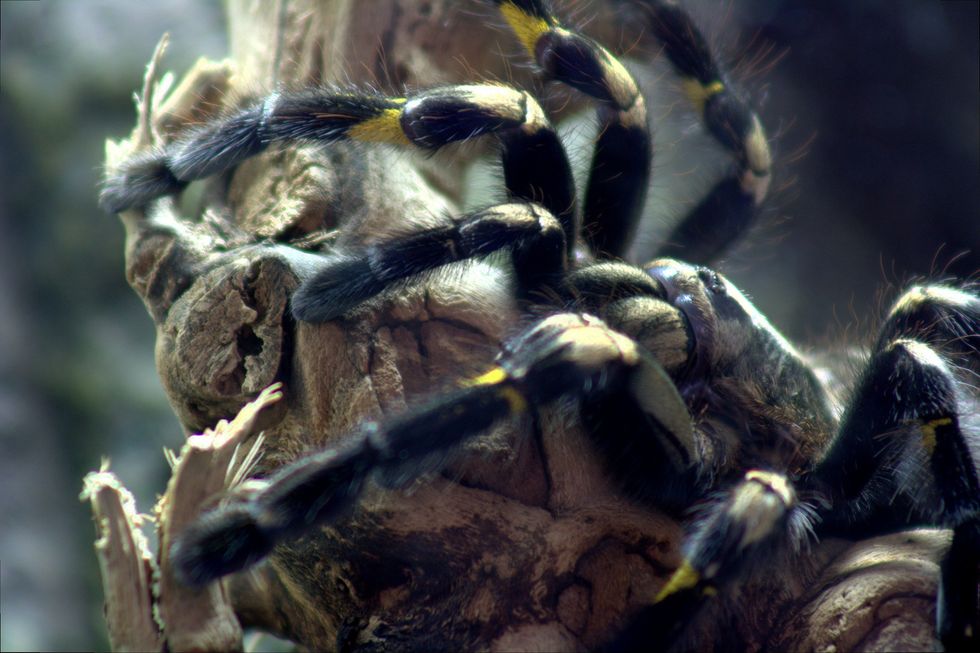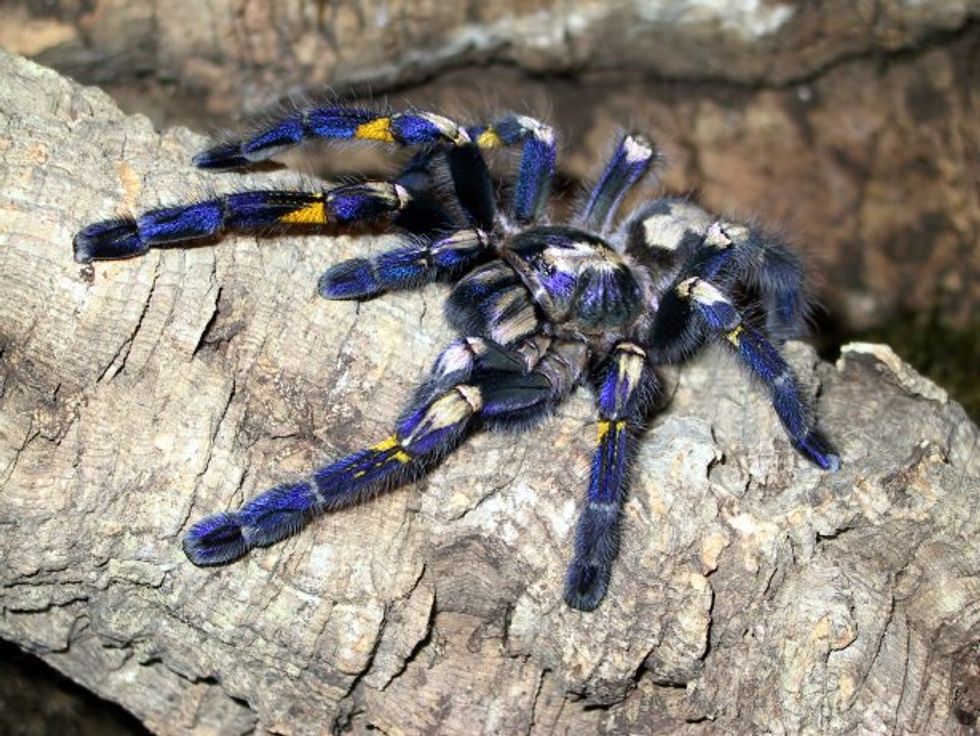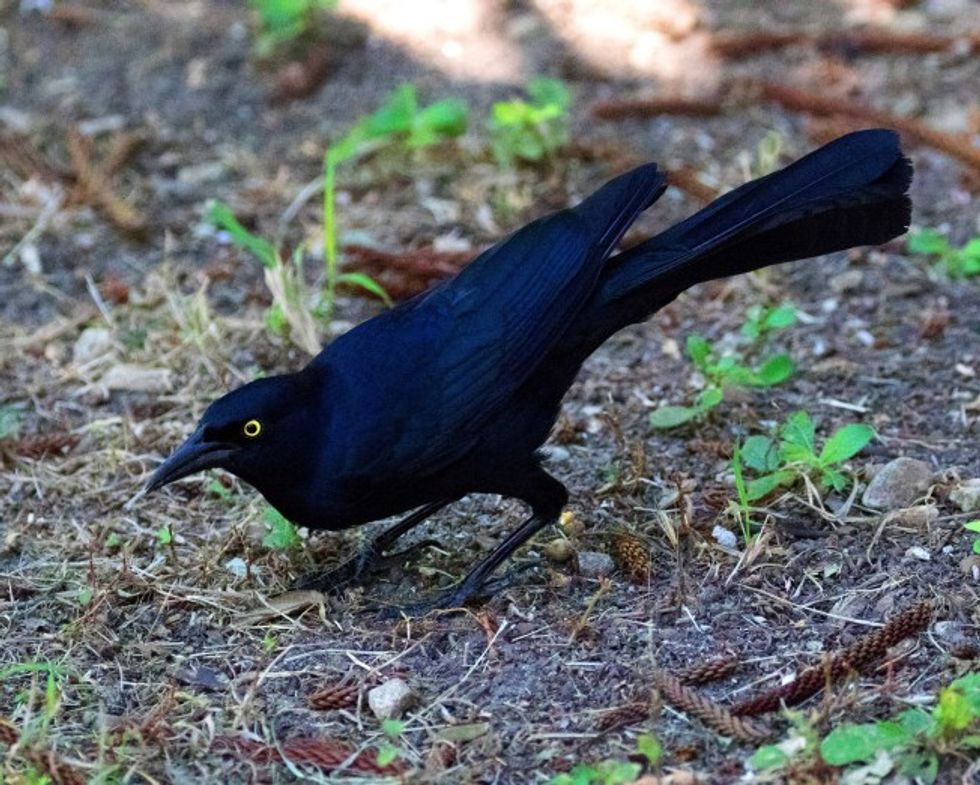Originally posted on thewildlife.blog
This unexpected beauty from Gooty, a town in Central Southern India,
certainly doesn’t have a shortage of names. It’s most commonly referred
to as the Gooty Sapphire Ornamental Tree Spider.
The Gooty Sapphire Ornamental Tree Spider, aka the Peacock Tarantula,
aka the Metallic Tarantula, aka the Salepurg, aka the Peacock Parachute
Spider, aka the Gooty Tarantula, aka…I think you get it.
Chromatic Arachnid
The extraordinary coloration of this tarantula comes from what are
referred to as nanostructures, incredibly small structures on the hairs
of the tarantulas which reflect light. In this case, these tarantulas
aren’t producing a blue color, rather their hairs are bending and
reflecting blue light. This means that depending on the angle that you
are looking at the Gooty from, it may appear a different color, a trait
called iridescence. You may have seen this same trait in peacocks and/or
dragonflies.
A Common Grackle is an example of iridescence in birds
Another Kind of Striking
The Gooty Sapphire is a tree-dwelling tarantula that lives in the holes of trees where they construct funnel webs. Occasionally, they have been found living somewhat communally when territories are limited (ie, holes in trees). Unlike many types of spiders, the Gooty doesn’t rely on its webs to catch their prey, which are usually all types of flying insects. Instead, they ambush their prey with a paralyzing bite. Don’t worry though; no humans have ever died from the potent-peck of the Gooty Sapphire. That’s not to say that the bite itself isn’t harmless. In fact, a bite from their 3/4 inch fangs can be incredibly painful, though it isn’t common. Gooty venom causes increased heart-rate, sweating, headaches, and all sorts of fun stuff, lasting up to a week.
Endangered and In Danger
Again, the Gooty Sapphire gets its name from the town Gooty in Central Southern India where they live. In fact, their entire natural range is less than 39 square miles in an area designated as a forest reserve. Despite this designation, it continues to be an area that is highly exploited for its resources. Logging and firewood harvesting are rapidly degrading the only natural habitat of the Gooty Sapphire. This combined with the pressures of the international pet trade have already put this arachnid on the Endangered Species list as Critically Endangered- thus making it even more of a gem than is is biologically.
Originally posted on thewildlife.blog


















